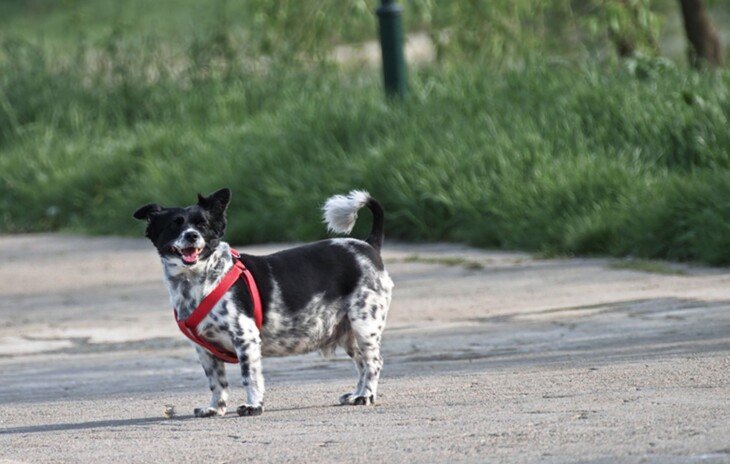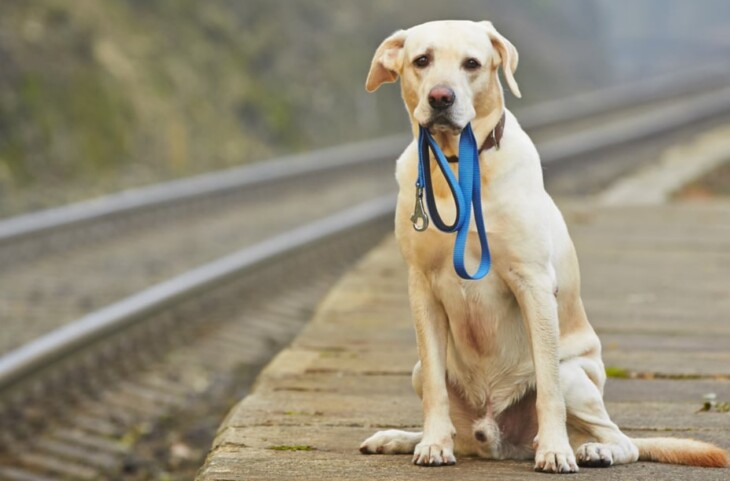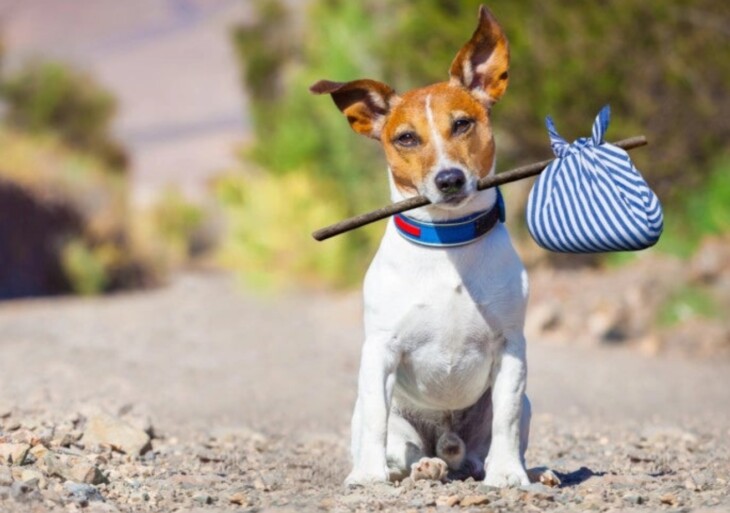For many people, the dog is like a child. It needs food, affection, a warm place to live in, walks and toys, medical services and a lot of love. A scenario in which our pet would find itself alone and scared in the cold, on the street, without food and prey to large animals and violent people is unimaginable. But as we are responsible dog owners, we prepare and equip ourselves with the necessary information to find our puppies as soon as possible. Beyond panicking and despairing, there are a few things you can do when your furry friend is no longer to be found. Here are the steps you should take:

Source: Outdoor Dog Adventures
Thinking preventively
What can you do to find your dog as soon as you lose it? You go back in time and do the things that the responsible owners have to do:
- Make sure your pet does NOT leave the house without a collar with up-to-date information about the pet’s name and your phone number or even address. The information on the collar must be changed whenever it changes in reality.
- Microchip your dog in a veterinary office. The information on the microchip will bring your friend home in no time.
- Take clear pictures with your dog. Even if you don’t want to think about the fact your dog could be lost, take pictures from time to time to capture the reality. Make sure you catch his specific details (height reported to a common object such as a table or sofa), posture, the actual color of the fur, characteristics (maybe he has a special pattern on the fur, a spot, any distinctive element).

Source: The Dogington Post
Reacting with calm
Unfortunately, the damage was done and the puppy was lost. What to do? Here are the steps in their order:
- Do not leave the place where you last saw your pet. Dogs will not move far from where they last saw their owner. In addition, they tend to move in a circle. Give it 2-3 hours before you expand the search area.
- Check your phone. If you have your phone number on your dog’s collar, don’t keep it busy and make sure you can answer a possible call. If the phone number on the collar is someone else’s, tell the person to pay attention to the phone.
- If 2-3 hours have passed, you can expand the search area and you can call shelters such as ROLDA to check if your pet has not already been picked up by employees.
- It is the ideal time to ask for help. Call your friends, relatives, talk to your neighbors, talk to people who seem to have stayed longer in the area where you lost your dog.
- Use online communities. Social media people are very active and can get involved in finding lost animals. People can go online to post a found puppy or to give data about an animal that seems lost and the area where it was seen.
- If a day has already passed, start making posters. Use the clearest pictures, give complete and clear details about the animal and the address where it can be returned. You can also offer a small reward to the finder.
- Call the veterinary clinics in your area. Maybe someone found the dog and took him to the office to read the microchip.
- Go to shelters to check if your pet has not already arrived. Don’t rely on how well the employees of these centers understood the description of your pet on the phone. Go see it with your own eyes. Daily if needed.
- Constantly check social media groups. They are like watchful eyes that can make sure the right information reaches you.
- Download applications with data on found/lost animals.
- If you have a purebred animal registered in the community of owners of this breed, do not hesitate to ask for their help. There are people who know very well the behavior of the race they own and who can be of real use.

Source: Northumberland Gazette
A few things you can keep in mind
- People are more likely to take small dogs home because they feel they can handle them and feel sorry for them. If you have lost a small dog, you are more likely to find it after posting posters everywhere and posting on social media.
- Large dogs can intimidate people who find them. They may be hesitant to approach or take them home. But some people could shelter the dog on the stairs of their apartment building or take them to a vet’s office.
- Talk to the children. If you have lost your dog in a park, a seemingly unoccupied group of children can turn into a personal rescue team. They are very creative in identifying places to hide, have sharp eyes and are tireless. Don’t hesitate to ask them to help you.
- Do not give up searches even after 1 week. There have been many cases in which the dog has been found after a few weeks. Don’t give up on your furry friend. In some fortunate cases, the dog even found its way back home.
- For the best chance of success, put everything on hold for a few days. Nothing is more important than the life of your four-legged friend. Maybe for you it’s about company, but for him you are his life and subsistence. Without you, alone on the streets, he can’t survive. You owe him 100% involvement.
- Even the friendliest animal can get scared and hide if it loses you. Don’t assume that your pet jumped into the arms of someone who took him home. He may as well have been hiding somewhere near where he was lost.
- The best time to go outside and whistle or call your dog is a quiet one – the evening and early morning are the ideal times, with the risk of waking up a few neighbors. But then you have the best chance of being heard by your friend.
